Bees are essential to our ecosystem, no doubt about that. But when they’re swarming around your patio or veggie garden, it’s hard to relax. Wasps are even more aggressive; one wrong move and you could be in for a painful sting.
So, how do you create a more peaceful outdoor space without harming these helpful pollinators? The answer is simple: use plants! Many herbs and flowers have strong scents or textures that bees and wasps dislike.
You can grow them around your seating areas, borders, or even in pots on your windowsill. Not only do they act as natural repellents, but they also bring color, greenery, and sometimes even delicious harvests.
Let’s look at 15 easy-to-grow plants that help keep bees and wasps at bay, while making your garden look and smell amazing.
#1 Basil
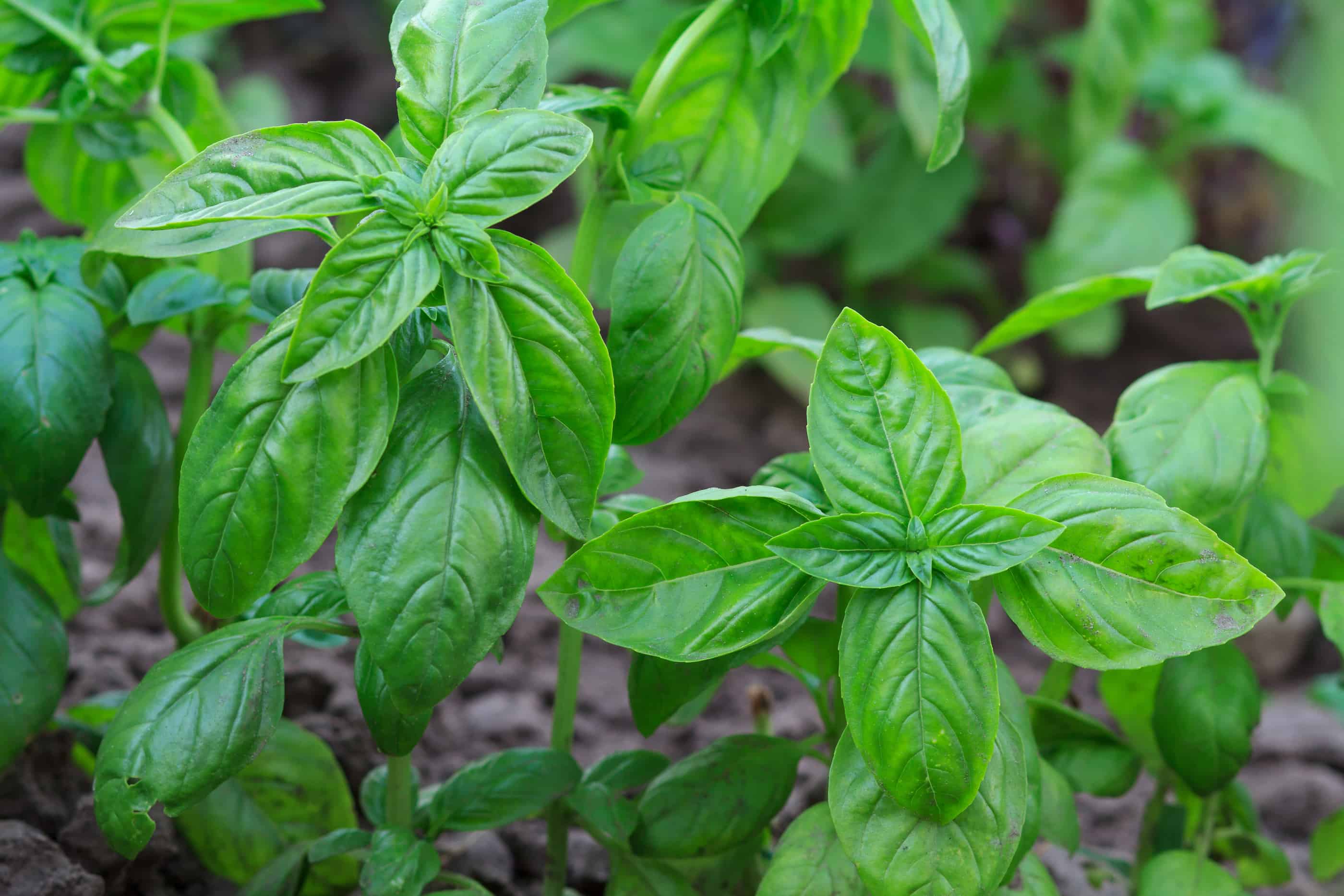 Source: Harvesttotable
Source: Harvesttotable
Basil has a sharp, spicy aroma that not only perks up your dishes but also drives away bees and wasps. You can keep a pot near doorways or garden edges where pests tend to gather.
Bees don’t care for its strong scent, making it a dual-purpose plant. Keep the soil moist and give it plenty of sunlight for the best growth. Snip off leaves regularly for cooking or to release even more scent.
#2 Mint
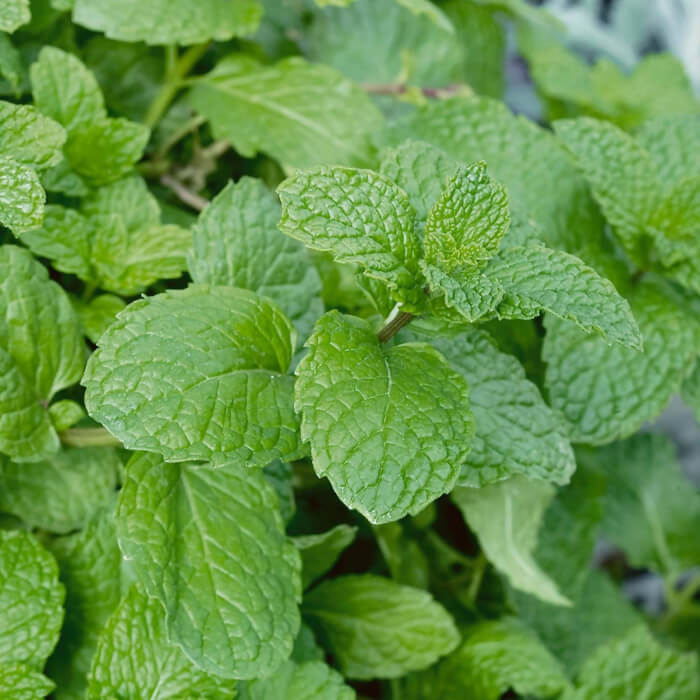 Source: Homebase
Source: Homebase
The crisp, refreshing smell of mint might wake you up, but it’s a big no for bees and wasps. They find its strong menthol aroma too overpowering.
Plant it in a container to stop it from spreading too fast, and place it near windows or patios. Water lightly and enjoy the bonus of fresh leaves for tea. Brushing the leaves with your hand will release more fragrance.
#3 Lemongrass
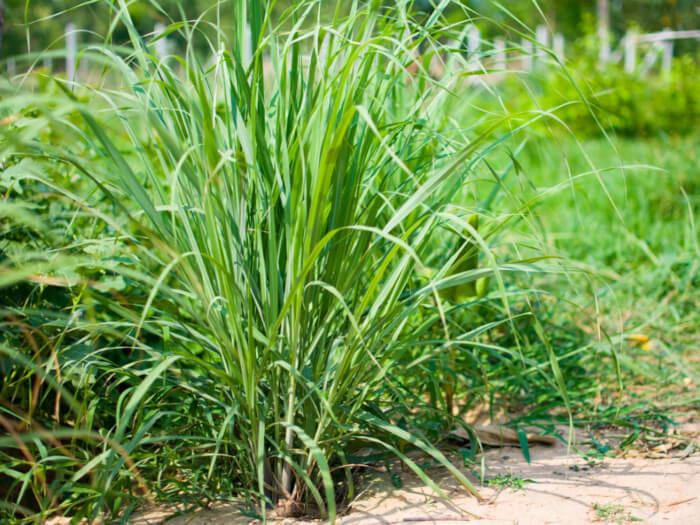 Source: Gardeningknowhow
Source: Gardeningknowhow
Lemongrass contains natural citronella oils that make its scent hard for wasps and bees to handle. This tropical-looking plant thrives in pots or garden beds and adds a lovely scent to your outdoor space.
It prefers warm weather and well-drained soil. You can trim its blades often to encourage growth. Keep a few pots near areas where you dine or relax outdoors.
#4 Lemon Balm
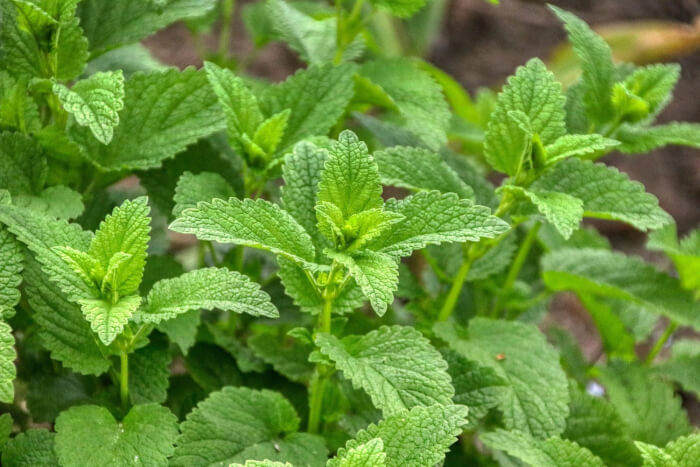 Source: Thebuffaloseedcompany
Source: Thebuffaloseedcompany
Lemon balm gives off a citrusy scent that’s a natural turn-off for many flying pests. It’s from the mint family, so you’ll find it easy to grow in containers or garden borders.
This herb grows quickly and attracts helpful insects like butterflies, but keeps bees and wasps away. Keep it pruned so it doesn’t overtake nearby plants. Rubbing a few leaves between your fingers will boost its scent and repelling power.
#5 Trumpet Flowers
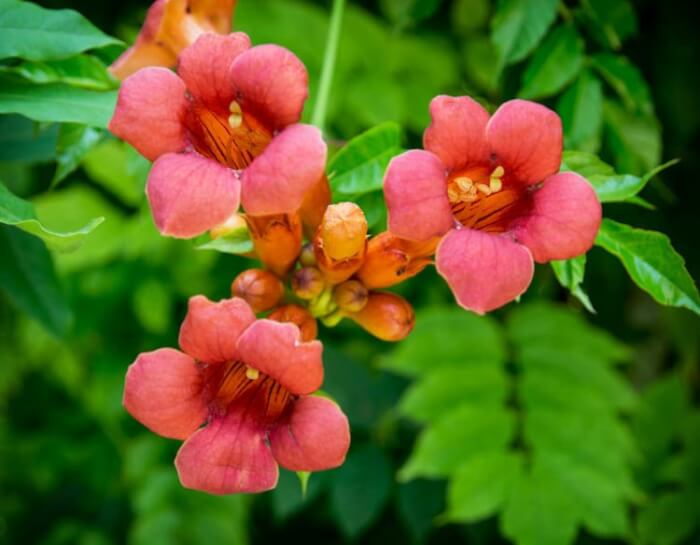 Source: Gardenia
Source: Gardenia
With their bold, tubular blooms, trumpet flowers might seem attractive, but surprisingly, bees and wasps usually steer clear. The smell is off-putting, and the nectar isn’t worth the effort for them.
These vines grow fast and are perfect for arbors or fences. Plant them in sunny areas and keep them trimmed to prevent overgrowth. Their dramatic look adds charm without attracting unwanted guests.
#6 Cloves
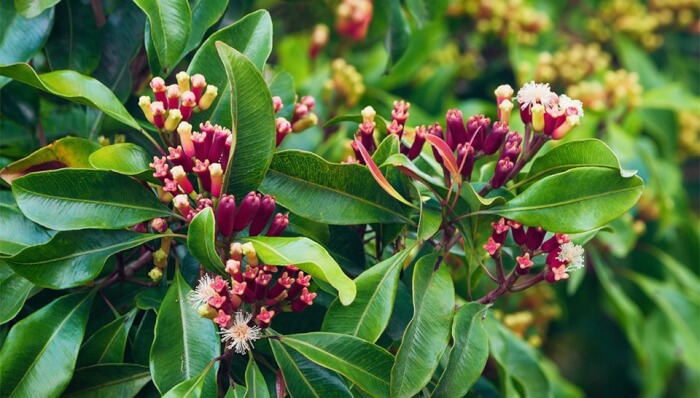 Source: Herbsandremedies
Source: Herbsandremedies
The rich, spicy scent of cloves makes them a great bee and wasp deterrent. You can grow the clove plant in a warm, sunny spot or even scatter whole dried cloves around your outdoor dining area.
They prefer loamy, well-drained soil. Regular watering and a sunny position will keep them thriving. Use the dried buds in potpourri to extend the repelling effect indoors.
#7 Pennyroyal
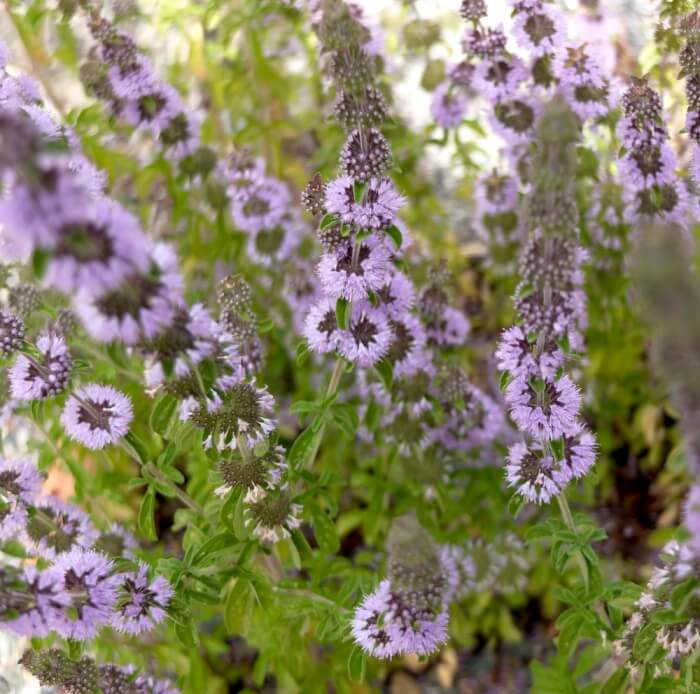 Source: Ravensongseeds
Source: Ravensongseeds
Pennyroyal’s sharp smell is strong enough to make bees and wasps think twice about entering your garden. It’s a lesser-known herb that you can tuck along pathways or garden borders.
This plant grows well in moist, shaded areas. Be cautious if you have pets; pennyroyal can be toxic when ingested. A few containers placed near doorways can keep outdoor living spaces more peaceful.
#8 Geraniums
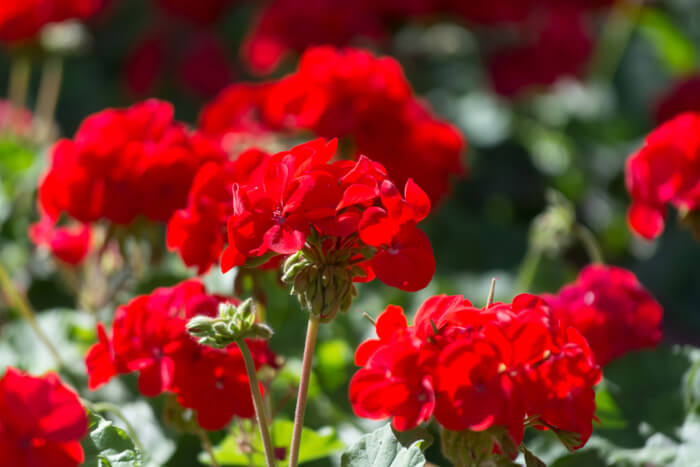 Source: Gardeningknowhow
Source: Gardeningknowhow
Red geraniums are especially effective at repelling bees because bees can’t see the color red well. They also produce minimal pollen, which keeps buzzing visitors uninterested.
These bright, cheerful flowers grow well in containers or flower beds. Place them near windows, patios, or seating areas. Water when the top soil is dry and give them a sunny spot to show off their blooms.
#9 Cucumber
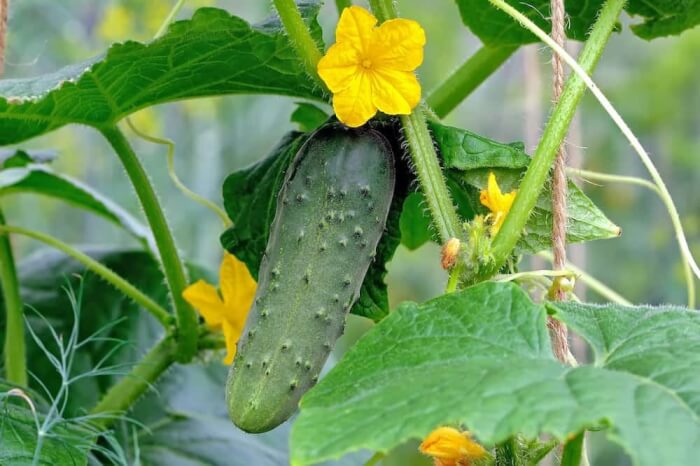 Source: Rurallivingtoday
Source: Rurallivingtoday
Surprisingly, cucumber plants have properties that bees and wasps dislike, particularly the bitterness of the skin. Even placing slices or peels around your garden can help.
Grow cucumbers on a trellis or in a raised bed for the best results. They need sun and steady watering to thrive. Harvest regularly to keep the plant producing and the pests away.
Read More: 10 Best Companion Herbs To Grow In Your Garden
#10 Rue Plant
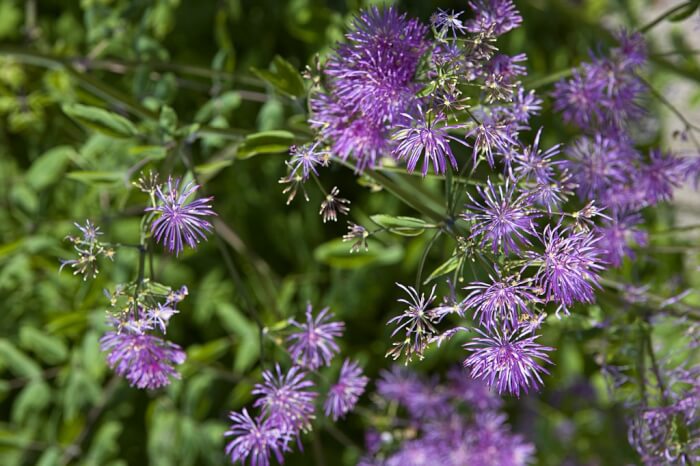 Source: Gardeningknowhow
Source: Gardeningknowhow
Rue is a hardy herb with a bitter, citrus-like scent that bees and wasps avoid. Its soft gray-green leaves also deter cats and some insects.
Plant it in a sunny spot with well-drained soil. You can use it along garden borders or walkways. Just wear gloves when handling it, as it may irritate sensitive skin.
#11 Wormwood
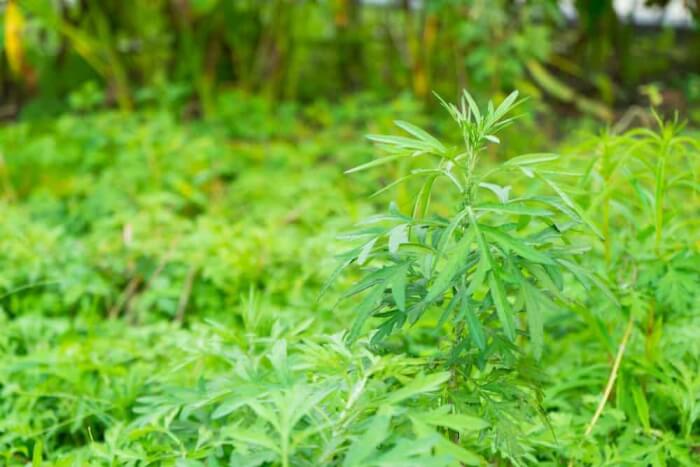 Source: Homestratosphere
Source: Homestratosphere
Wormwood has silver-green foliage with a strong herbal aroma that repels a range of pests. Bees and wasps dislike its bitter oils and stay away. It’s a drought-tolerant plant that thrives in poor soil and full sun.
Trim it back in the growing season to maintain its shape. Hang dried bundles near doorways or windows to extend its effect indoors.
#12 Red Roses
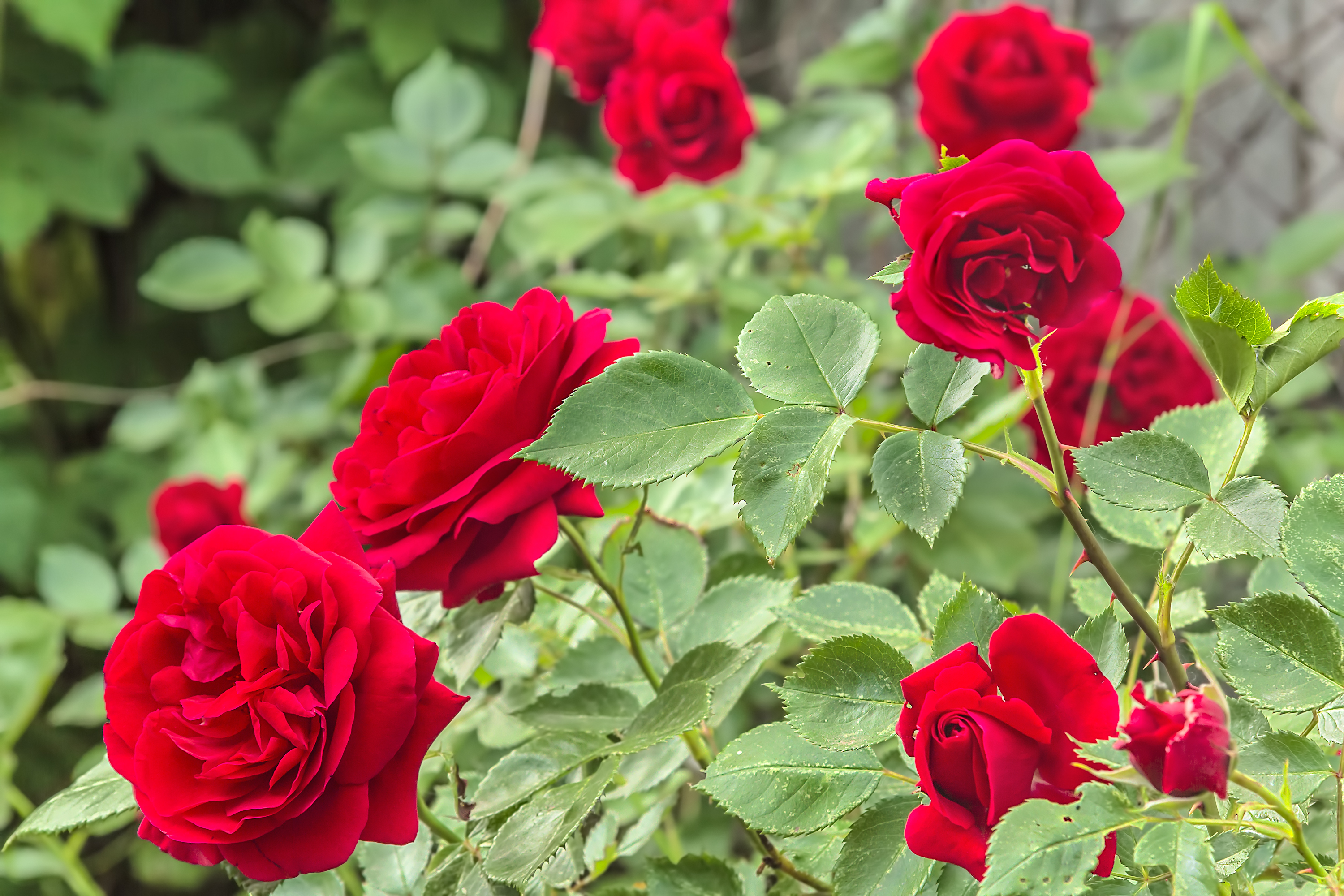 Source: Hunker
Source: Hunker
Bees are colorblind to red, which makes red roses a surprising but beautiful barrier. Choose heavily scented varieties to also help keep wasps away. These flowers bring elegance to gardens while discouraging stinging insects.
Give them plenty of sunlight and prune after each bloom cycle. A red rose bush near a patio can look stunning and serve a purpose.
#13 Marigolds
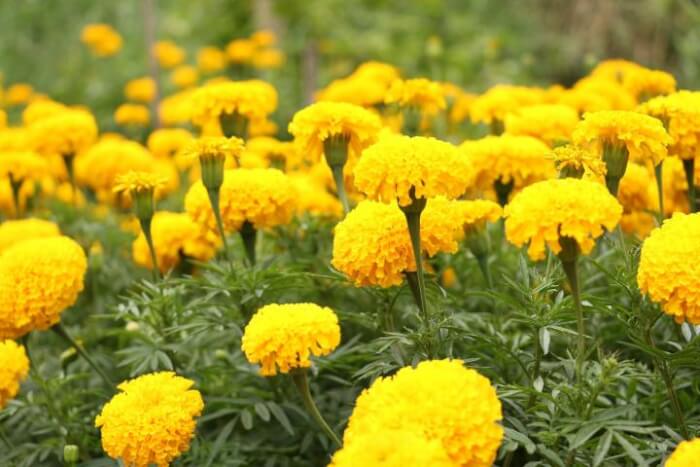 Source: Almanac
Source: Almanac
Marigolds release a citrusy scent that repels not just bees and wasps but also mosquitoes and other pests. Their bright colors are a bonus for your garden, while their aroma works behind the scenes.
They grow easily from seed and love full sunlight. Place marigolds along borders or near veggie beds for extra pest control. Deadhead regularly to keep blooms coming.
#14 Alliums
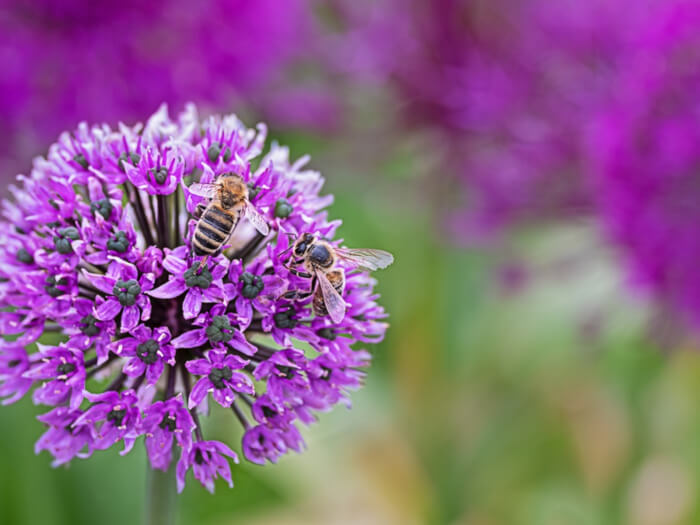 Source: Gardeningknowhow
Source: Gardeningknowhow
Alliums offer tall, striking flowers with a strong onion-garlic scent that bees and wasps dislike. Though colorful, these bulbs aren’t very inviting to stingers.
They do double duty by repelling slugs and aphids, too. Plant them in clusters in well-drained soil. These blooms also make great cut flowers for vases indoors.
#15 Pitcher Plants
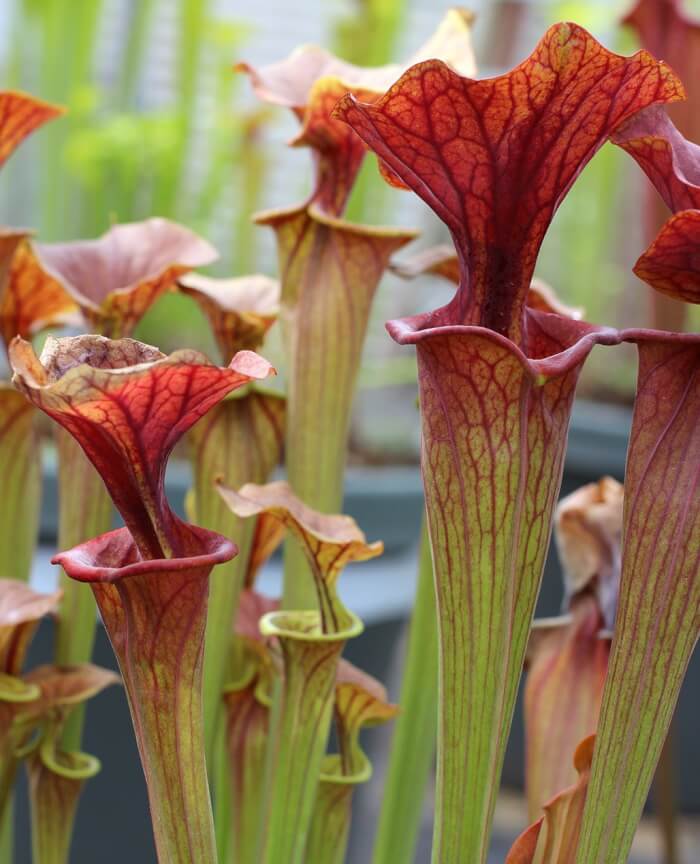 Source: Carnivorousplantresource
Source: Carnivorousplantresource
This carnivorous plant doesn’t just repel wasps and bees; it traps them. Its vibrant color and sweet smell lure insects in, but once inside, there’s no escape. Grow pitcher plants in moist, acidic soil and give them bright but indirect light.
They’re a fun conversation piece and an effective bug control tool. Place them in pots on balconies or patios where pests are most active.
